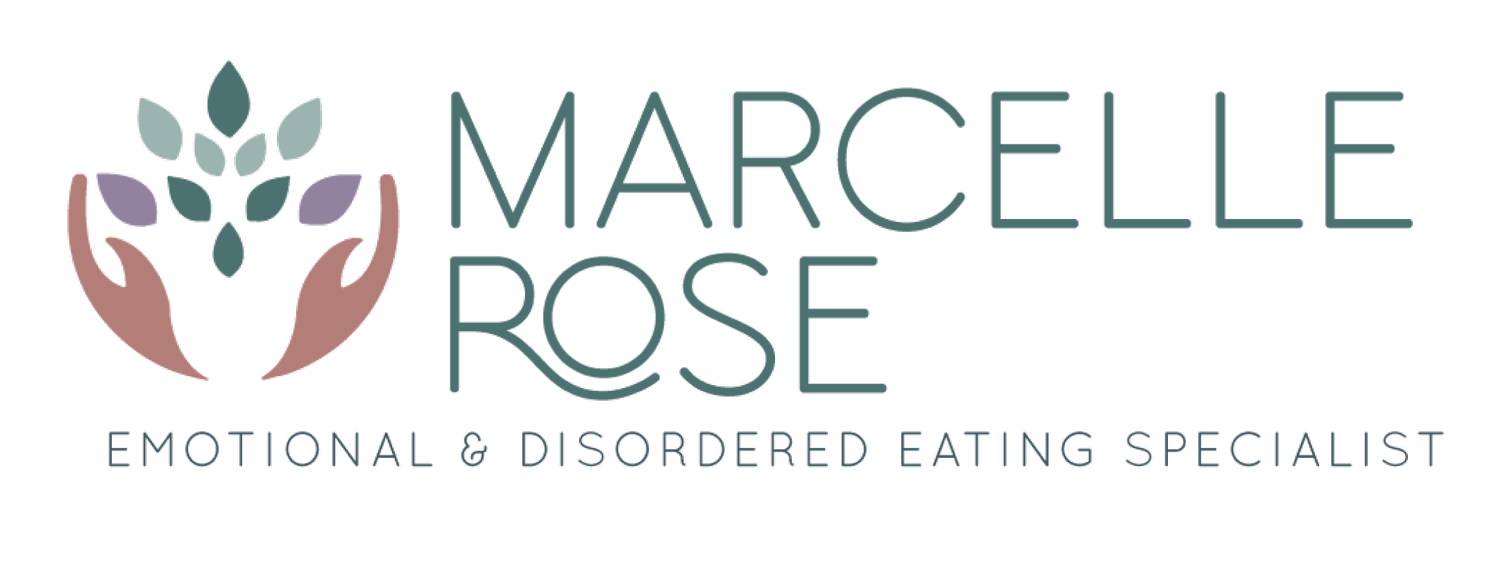Binge Eating and Emotions: How to Identify and Manage Your Triggers
Have you ever found yourself reaching for food when you're not physically hungry? Emotional eating is a common response to stress, boredom, sadness, loneliness, or anxiety. These triggers can lead to cravings, making food feel like a source of comfort or reward, especially after a long, exhausting day.
For many, binge eating or emotional eating becomes a coping mechanism, offering temporary relief from life's challenges. However, this relief is often short-lived, replaced by feelings of guilt, shame, and frustration. Instead of solving the root issue, it keeps you stuck in a cycle of emotional hunger and food cravings.
Are You Truly Hungry, or Are You Seeking Something Else?
Think about it, when faced with stress or exhaustion, does a packet of biscuits or a tub of ice cream become your go-to response? If so, it's worth asking yourself:
🔹 Am I actually hungry, or do I need rest, relaxation, or stimulation?
🔹 Is food my automatic coping mechanism?
🔹 Could there be other ways to soothe myself without turning to food?
Were you ever given a treat when you were upset as a child? Over time, this pattern reinforces the idea that food equals comfort. If you've also spent years dieting, you may feel disconnected from your body's true hunger signals, making it even harder to distinguish between physical and emotional hunger.
Breaking the Emotional Eating Cycle
When working with clients, one of my key goals is to help them develop non-food-related coping strategies and self-care practices. Many people struggle with feeling worthy of doing positive things for themselves, does this resonate with you?
Reassessing your eating habits in a non-judgmental way can be a powerful first step. Try keeping a journal to identify patterns and ask yourself:
✔️ Is this behaviour truly serving me?
✔️ What else might I need in this moment?
✔️ How can I meet my emotional needs in a healthier way?
If this resonates with you, my book, The Binge Freedom Method™, can help. It’s designed to guide you through understanding and breaking free from binge eating, using my four-pillar framework: Nourish, Balance, Think, and Feel. With actionable steps, real-life insights, and a supportive approach, you’ll learn how to manage emotional eating and build a healthier relationship with food.
Get your copy now and begin your journey towards lasting food freedom.
Next week, I’ll be sharing practical steps to help you manage binge eating triggers in a sustainable, compassionate way!
✨ Have you noticed any emotional eating triggers in your life? Drop a comment below, I’d love to hear from you!

